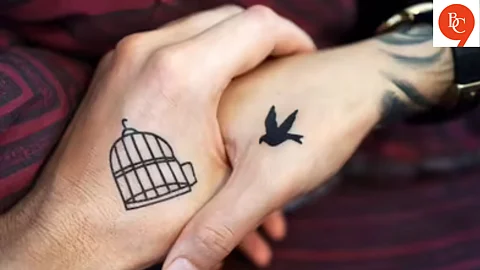

For years, tattoos have existed at the intersection of art and identity — an act of rebellion for some, a declaration of personality for others. But for a growing number of young adults today, tattoos are becoming something more intimate, more therapeutic.
They are turning their skin into a canvas of healing, where every line, shade, and symbol becomes a step toward emotional recovery.
Welcome to the age of tattoo therapy — where ink meets introspection.
The Rise of Healing Tattoos
As Gen Z and millennials lean into emotional authenticity, mental health awareness, and body autonomy, tattoos have emerged as a form of expressive therapy. From minimalist semicolons that represent survival to intricate florals symbolizing growth after trauma, tattoos are evolving into visual journals of resilience.
Why Tattoos Feel Therapeutic
1. Regaining Control Over the Body
For individuals dealing with trauma, especially abuse or self-harm, tattoos can become a way to reclaim ownership of their bodies. The deliberate choice of what, where, and why becomes deeply empowering.
2. Permanent Reminders of Healing
Unlike fleeting affirmations, tattoos are always with you — a constant reminder of how far you’ve come. Many young adults choose mantras, symbols, or meaningful quotes that anchor them during tough days.
Popular choices include:
Semicolons (representing mental health struggles and survival)
Sanskrit words like “Shanti” (peace) or “Sahasa” (courage)
Nature symbols like lotus flowers, butterflies, or waves
3. The Ritual of Pain and Release
The process of getting a tattoo involves a level of pain — but it’s controlled and chosen. That distinction is important for those who’ve felt helpless in their past. The sensation becomes a kind of emotional purge, replacing internal pain with external expression.
The Role of Tattoo Artists as Listeners
Tattoo studios are no longer just creative spaces — they’re evolving into safe spaces. Many tattoo artists find themselves becoming temporary therapists, listening to stories of grief, survival, heartbreak, and hope.
The Stigma Is Fading — But Not Gone
Despite growing acceptance, tattoos still face cultural pushback in more conservative spaces. Some associate them with impulsivity or rebellion. But that narrative is changing — especially as mental health becomes part of the mainstream conversation.
In a world that often tries to silence emotional struggle, tattoos speak — loudly, beautifully, and forever.
